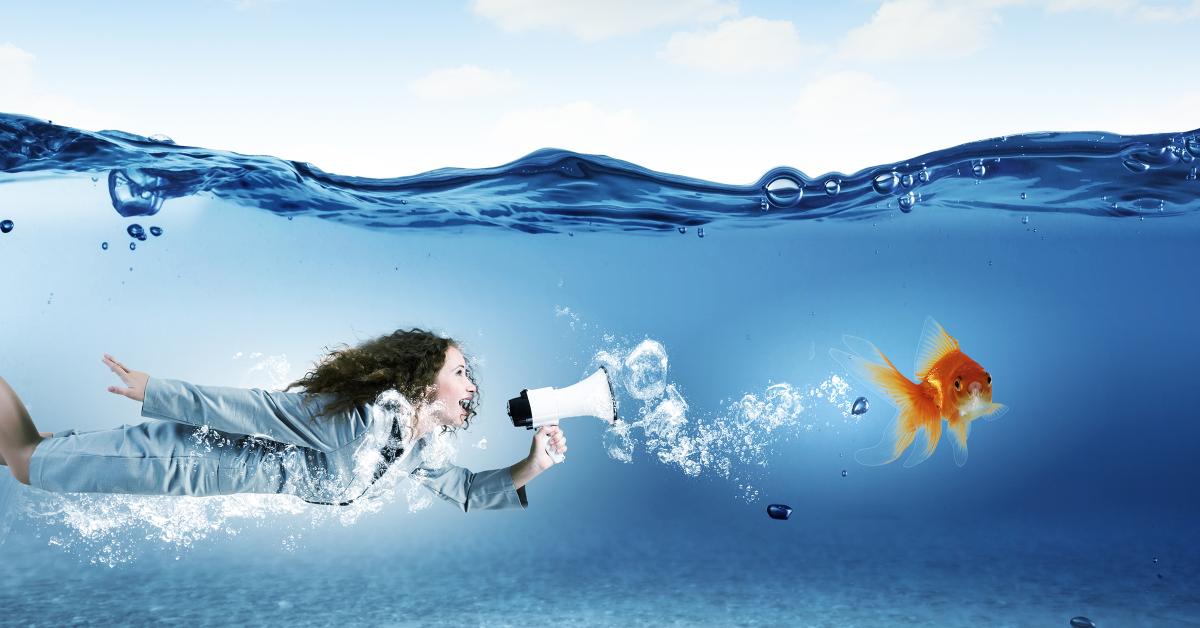CONCORD, N.C. — Having the chance to virtually grow up in a drycleaning plant, I have seen ideas come and go in garment care. For many years, things were stable, with perchloroethylene being the favored immersion solution, with petroleum coming in a distant second place.
If you attended the Clean Show last year, or if you have read about the show, you know that there are a multitude of choices when it comes to cleaning and restoring textiles. A decision to purchase a cleaning machine, made today, can have a ripple effect on operations over the next seven to ten years.
The drycleaning machine may well dictate the immersion solution used. Or, the immersion solution chosen may well dictate the configuration and capacity of the drycleaning machine compatible with that immersion solution. This then has an impact on the detergent and additives used to stabilize and enhance the cleaning process.
Dry-side stain removal of those stains that are chemically soluble, has progressed to a point of being solvent-sensitive. A chemical that is acceptable in one solvent, may do fine, but be totally ineffective in another solvent.
Even when the chemical tool is effective, there is a concern for the level of impact it may have on the plant’s waste stream and contact water. Fortunately, most wet-side stain removal tools are compatible with the immersion solutions available in today’s marketplace.
Once the area that was spotted wetside has dried, an applicable general pre-spotter/leveling agent should be used to treat the area. Now the item can be cleaned in a normal sequence by normal plant operational methods.
Wet cleaning has now claimed a place of respect in the garment care industry. It has matured from using shampoo with conditioner bought at the drug store, to microprocessor-controlled cleaning machines with companion dryers that can sense the moisture in the load and can adjust the mechanical action to suit the fiber, fabric and trim.
To be without the ability to take advantage of water immersion, is to operate at a disadvantage. Start monitoring care labels. Any of these care labels that mention a water method can be classified as “fine washable.”
Water immersion is an acceptable way to handle the garment, based on the care label. You just have to pick a cleaning cycle that takes into consideration any limitations spelled out on the care label: Things like “cold water, no bleach.”
Protecting delicate trim can be accomplished by turning the item inside-out and running it in a net bag. Just call it wholesale wet-side stain removal.
When a dry clean only item comes in with a large wet-side stain, you have the option, based on your knowledge and experience, to assume the level of risk that comes with deviating from the care label.
Even wet cleaning needs help when it comes to some stains.
Supplemental stain removal can effectively remove the last traces of tannin and protein stains left behind after water immersion. There are also some pretty good oil and grease removers for water immersion. All will flush out at the board or when recleaned with water immersion.
Take chocolate ice cream in a golf shirt or a pair of khaki trousers. This is a protein stain. These protein stains will usually require water plus a chemical tool to be completely removed.
Standard protocol is to flush the area with steam over the vacuum nose of the spotting board. Then you move the item over the solid portion of the board, apply Neutral Synthetic Detergent and light mechanical action.
Move the item over the vacuum nose of the board and flush the area with steam. This will usually remove at least a third of the stain.
Check back Thursday for the conclusion.
Have a question or comment? E-mail our editor Dave Davis at [email protected].

